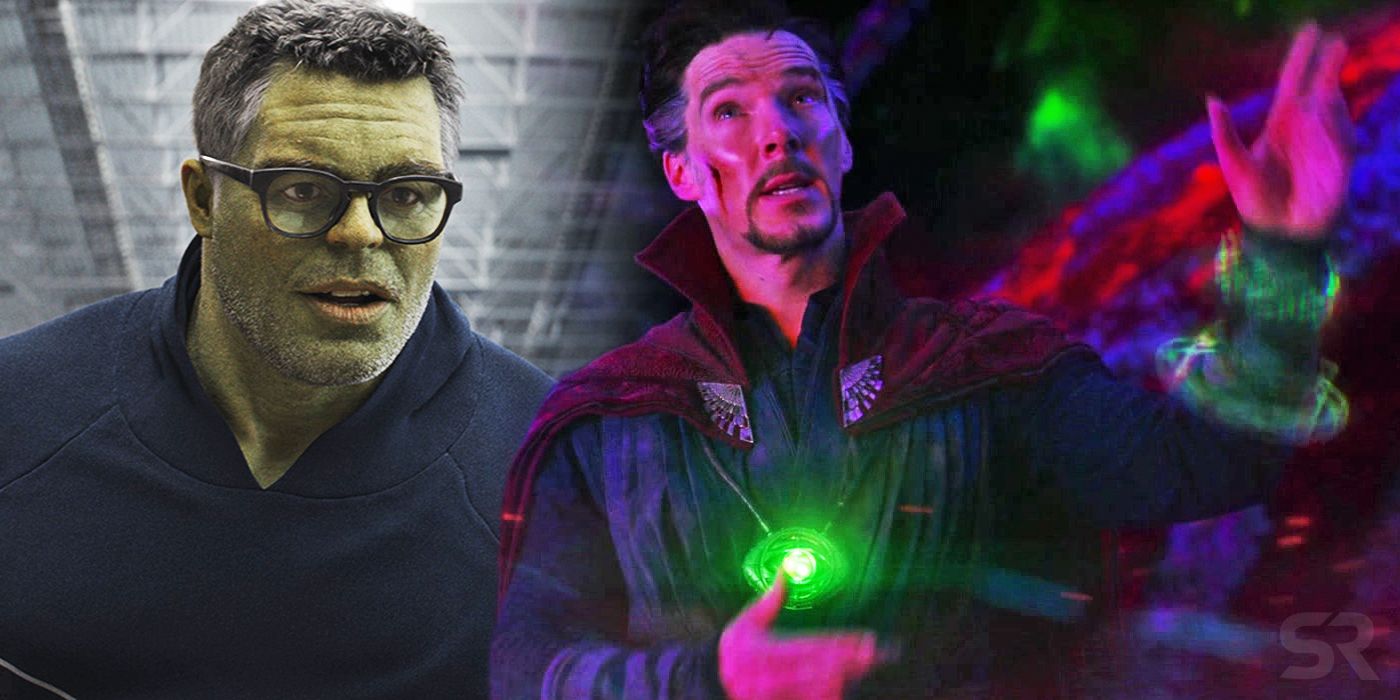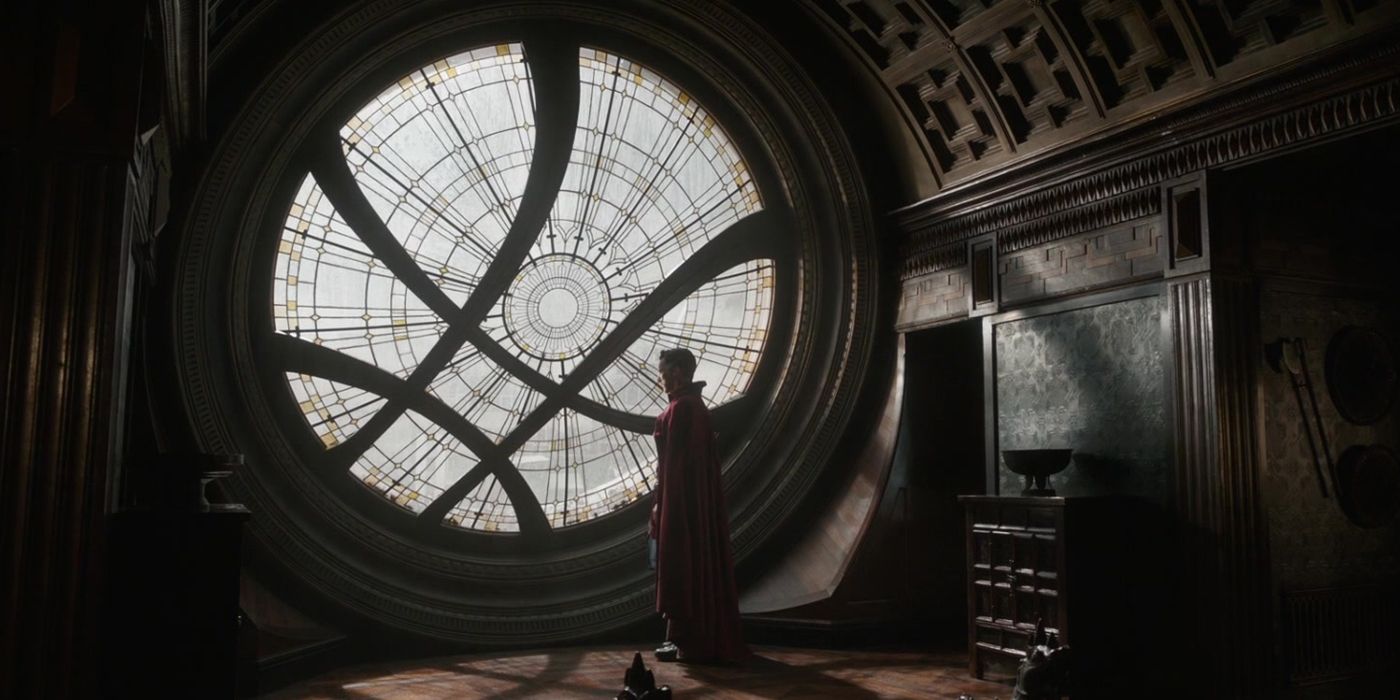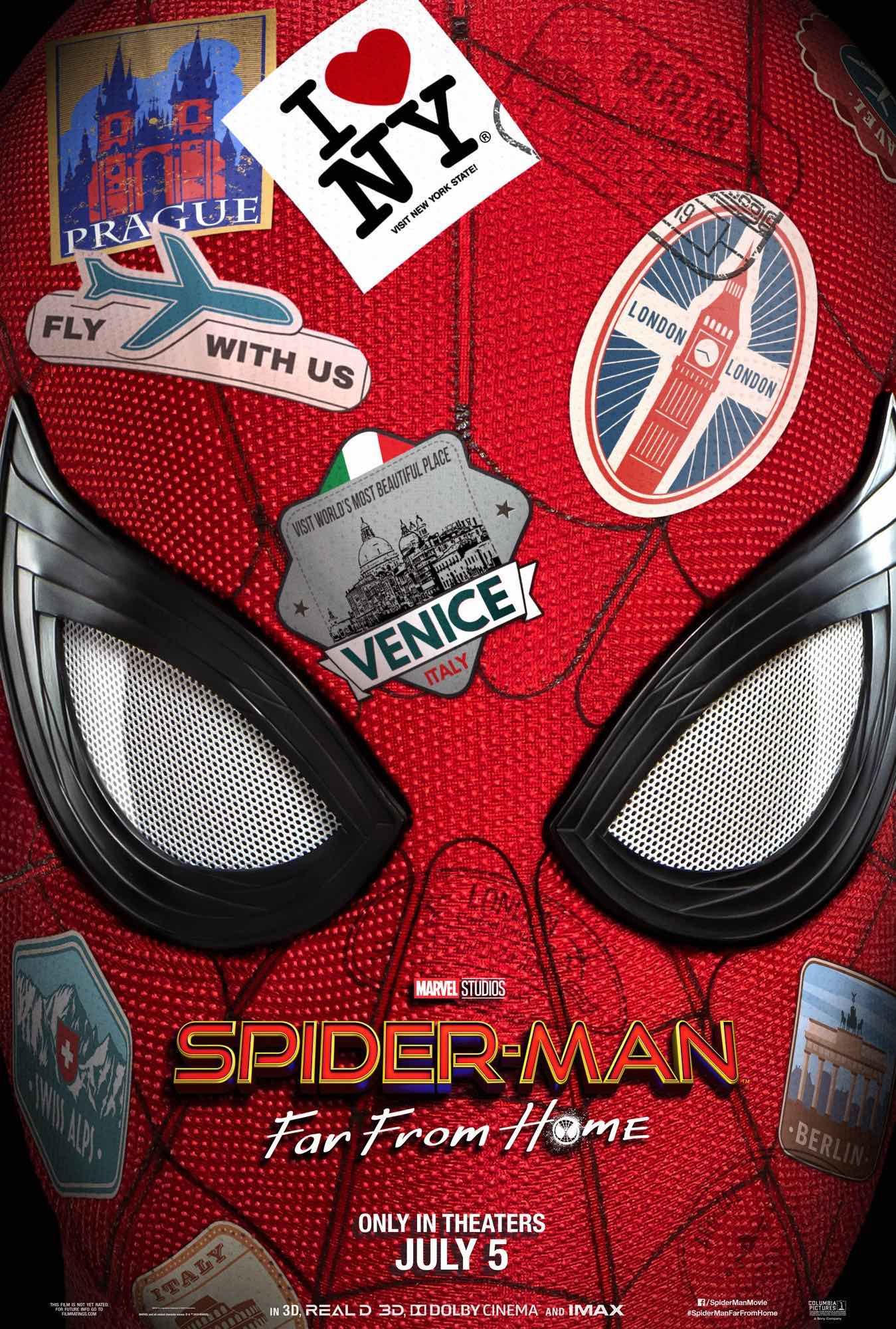Avengers: Endgame has finally explained how the events of Doctor Strange fit into the Marvel timeline. The MCU's chronology just about works, but the Devil has always been in the details; dig a little too much, and the shared cinematic universe has a number of timeline problems. Some are glaring, such as the infamous, "very incorrect" Eight Years Later in Spider-Man: Homecoming, but others are more subtle.
Doctor Strange has always been difficult to place in the MCU timeline. It's one of the most self-contained movies in the entire MCU, with only a brief glimpse of Avengers Tower to fix it in relation to the rest of the Marvel blockbusters. According to director Scott Derrickson, the events of Doctor Strange span about a year - but which year? Some have suggested 2015 through to 2016, meaning the film would end roughly around the time of its release; some argue for 2013 through to 2014, based on a throwaway mention of Doctor Strange in Captain America: The Winter Soldier; and there have even been claims it could be set in 2020 through to 2021 based on dates briefly shown on-screen.
Thankfully, Avengers: Endgame finally locks Doctor Strange down. In one scene set during the events of The Avengers in 2012, the Hulk visits the Sanctum Sanctorum and confronts the Ancient One. He attempts to barge past her, telling the then-present Sorcerer Supreme that he's come looking for Stephen Strange. Needless to say, she's rather amused, and tells Bruce that he's "about five years too early." Per the events of Doctor Strange, the Ancient One has been using the Time Stone to peer into the future, and while she couldn't see beyond the moment of her death, she'd spotted Stephen and knew when he was destined to become a sorcerer. The events of Doctor Strange are thus pinned down as running from 2016 through to 2017, fitting perfectly with awards on Strange's wall at the start of the film that carry a 2016 date.
This subtle detail carries important implications for the MCU. It means that Doctor Strange is actually a relatively new practitioner of the Mystic Arts. It's true that Strange is a prodigious student, with a photographic memory that's well-suited to spellcraft; what's more, he also spent an indeterminate period of time in the Dark Dimension fighting Dormammu, apparently gaining mastery of his powers. But in terms of real application, he's not had a long time with them due to the restrictions placed on his battle by the Time Stone. That neatly explains why Strange hadn't foreseen the Black Order's arrival on Earth in Avengers: Infinity War, and perhaps even why he didn't use what Thanos considered his "greatest weapon" against the Mad Titan. He may simply not have known how to.
From an out-of-universe perspective, the Ancient One's line also feels like an amusing meta-joke. The first mention of Doctor Strange in the MCU was in Captain America: The Winter Soldier, when he was named as a Hydra priority target. It never really fit with the MCU's canon, given at the time Stephen Strange was nothing more than a celebrated surgeon. Like the Hulk in Avengers: Endgame, the reference was just a few years too early.



